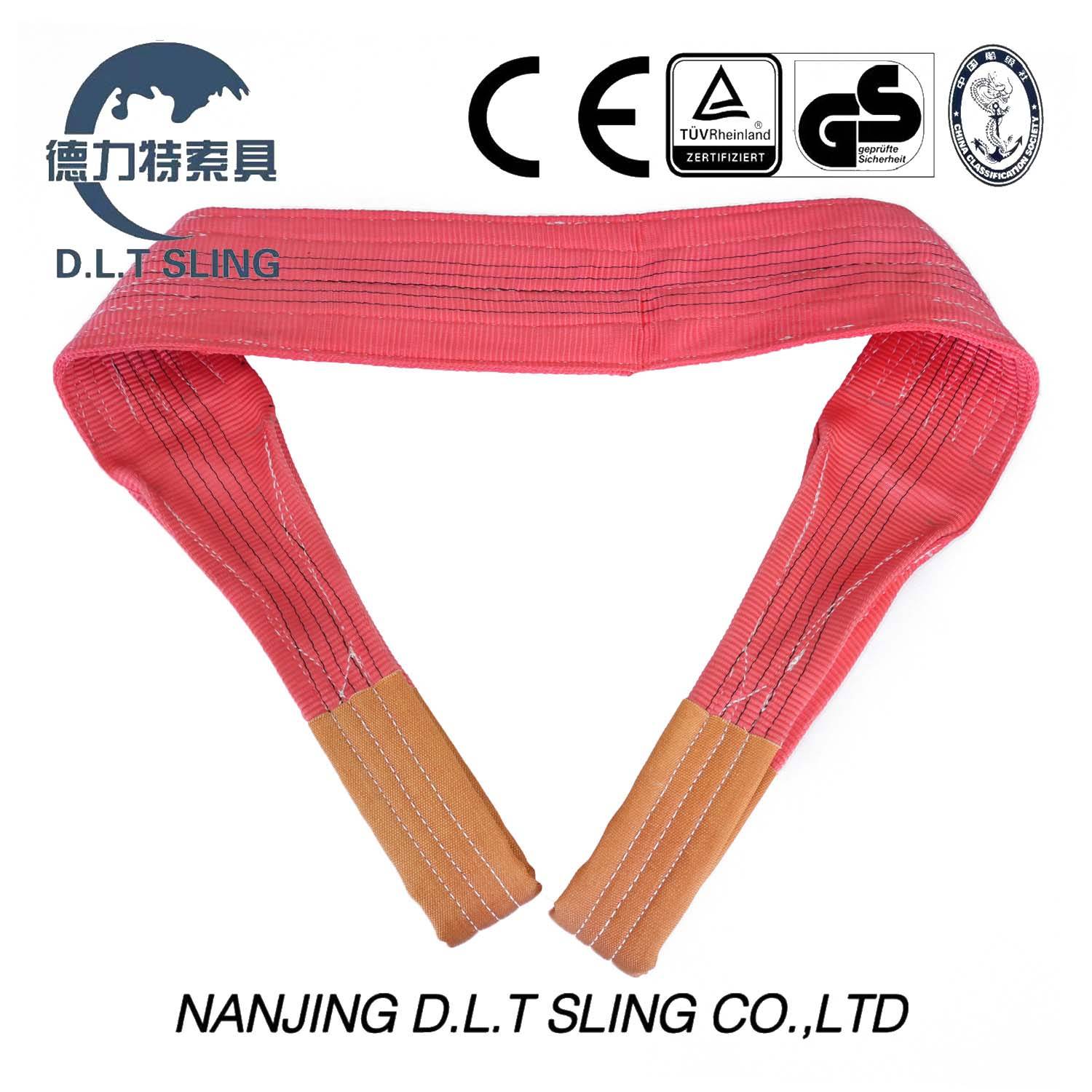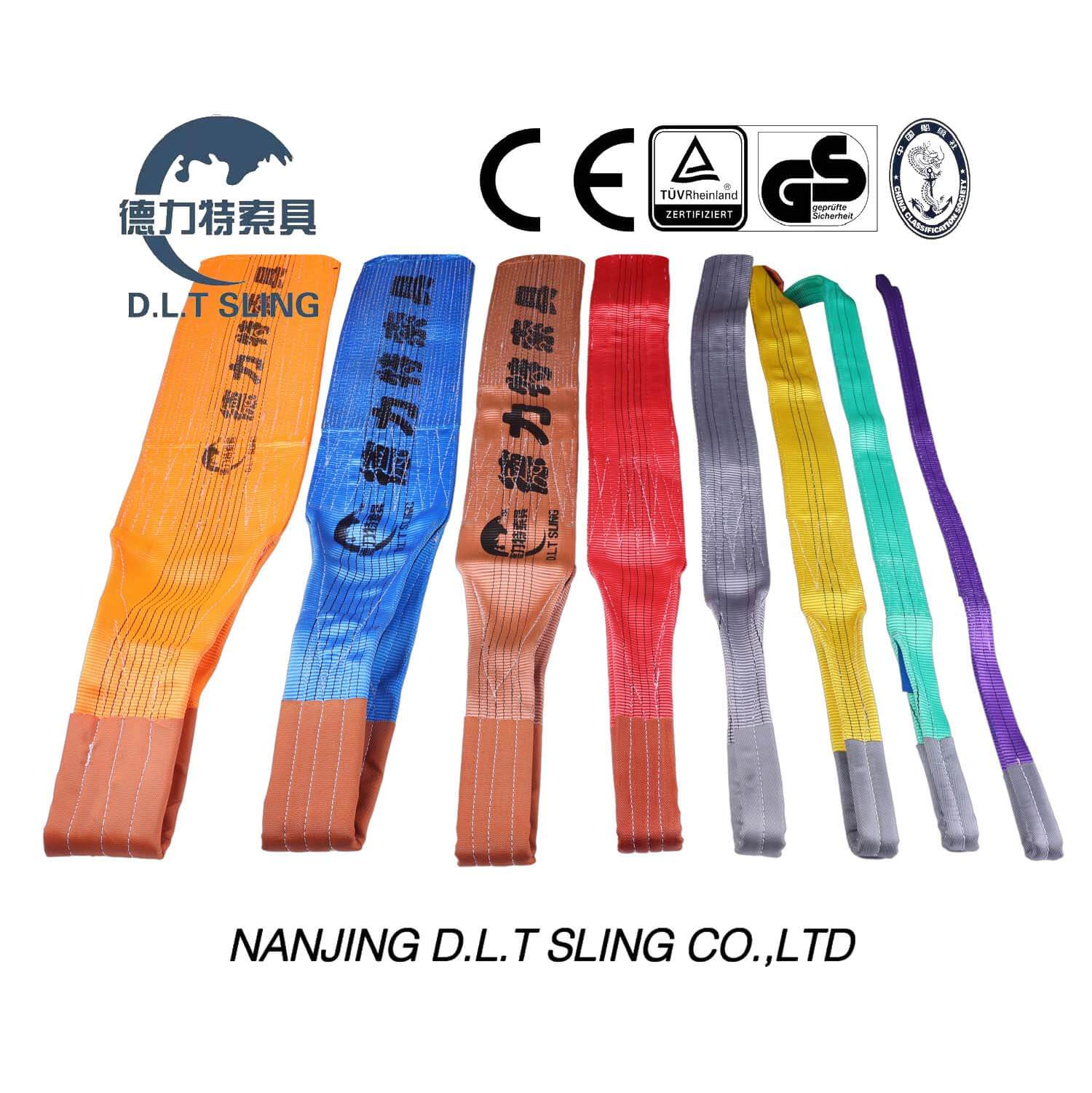Webbing Sling Damage Identifying and Addressing Common Issues
Webbing slings are valuable lifting tools used in various industries for safe and efficient material handling. However, like any equipment, webbing slings can be susceptible to damage over time due to regular use, environmental conditions, and improper handling. In this blog post, we will delve into common types of webbing sling damage, their causes, and provide insights into how to identify and address these issues to ensure optimal safety and performance.
Abrasion damage occurs when the webbing material rubs against rough surfaces, edges, or sharp objects. Signs of abrasion include frayed edges, thinning of the webbing, or worn-out areas. To mitigate abrasion, it is essential to inspect slings regularly for signs of wear and use protective sleeves or edge protectors when lifting loads with rough or sharp surfaces.
Webbing slings can be cut or punctured by sharp objects, such as metal edges, nails, or protruding components. These damages weaken the sling's strength and compromise its lifting capacity. Inspecting slings before each use and removing any debris or sharp objects from the lifting area helps prevent cutting and puncture damage. Additionally, using appropriate padding or protective materials can provide an extra layer of protection.

Exposure to ultraviolet (UV) rays from sunlight can cause degradation of the webbing material over time. UV damage is often characterized by discoloration, brittleness, or loss of flexibility in the sling. Storing webbing slings in a cool, dry place away from direct sunlight when not in use, or utilizing UV-resistant sleeves or covers, can help minimize UV degradation.
Contact with corrosive chemicals, solvents, or acids can deteriorate the webbing material and compromise its integrity. It is crucial to assess the chemical environment and use appropriate chemical-resistant slings when handling hazardous substances. Regular cleaning and maintenance of the slings are also necessary to remove any chemical residues.
Exceeding the working load limit (WLL) or safe working load (SWL) of a webbing sling places excessive stress on the material, leading to overloading damage. Signs of overloading include elongation of the webbing, deformations, or even complete failure. It is essential to understand and adhere to the specified WLL and SWL, ensuring that the load is within the sling's capacity.


